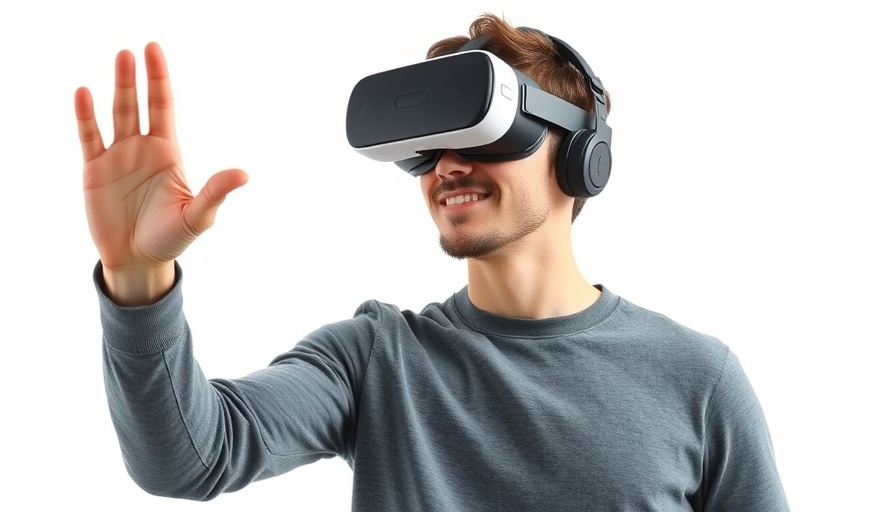
Harnessing AR & VR for Social Media Success
As social media evolves, brands are increasingly turning to innovative technologies like Augmented Reality (AR) and Virtual Reality (VR) to enhance their marketing strategies. These immersive experiences not only captivate users but also cultivate deeper brand connections. By understanding the power of AR and VR, businesses can stand out in a saturated digital marketplace.
Why AR & VR Are Game Changers for Marketing
The rise of AR and VR has fundamentally transformed how brands engage with their audiences. In 2023, the AR and VR market is projected to surge from $4.5 billion to a staggering $24.2 billion by 2033, indicating a strong demand for immersive experiences that enhance customer engagement. Companies like Gucci and McDonald's have successfully implemented AR campaigns by allowing users to interact with branded products in novel ways, exemplifying how these technologies can evoke emotions and increase consumer interest.
The Cultural Impact of Immersive Experiences
Such marketing strategies do more than sell products; they foster cultural connections. For example, McDonald's Grimace Shake campaign went viral due to its integration of nostalgic elements along with AR, enabling users to engage with the brand beyond traditional advertising. Through user-generated content on platforms like Snapchat and TikTok, brands can tap into grassroots movements and organic trends, creating a buzz that resonates long after the campaign ends.
Noteworthy Examples of AR & VR Marketing Campaigns
Several brands have raised the bar for social media marketing by successfully integrating AR and VR into their campaigns:
- Gucci's AR Try-On: Users can virtually try on shoes, driving direct interaction and sales.
- Fenty Beauty x Arcane: Merging gaming with beauty by allowing fans to experiment with character-inspired makeup looks.
- Bershka's Semi-Digital Clothing: A collection that offers virtual try-ons, merging fashion with cutting-edge technology.
Practical Tips for Leveraging AR & VR in Marketing
To incorporate AR and VR into marketing strategies effectively, brands should focus on creating shareable, user-generated content that can enhance authentic engagement. Additionally, utilizing data analytics can help tailor immersive experiences that resonate with the target audience, ensuring successful campaigns that attract attention and increase brand loyalty.
Connecting with Your Community
As brands explore these new technologies, embracing the local community's sentiments and individuality can lead to more relatable and appealing marketing. By reflecting cultural and regional nuances in their campaigns, companies can not only increase their relevance but also foster meaningful connections with their audience.
In a world where digital noise is prevalent, now is the time for brands to innovate and explore the rich possibilities that AR and VR offer in social media marketing. These technologies are not just tools; they are the future of immersive marketing that promises to reshape how consumers interact with brands.
 Add Row
Add Row  Add
Add 




Write A Comment